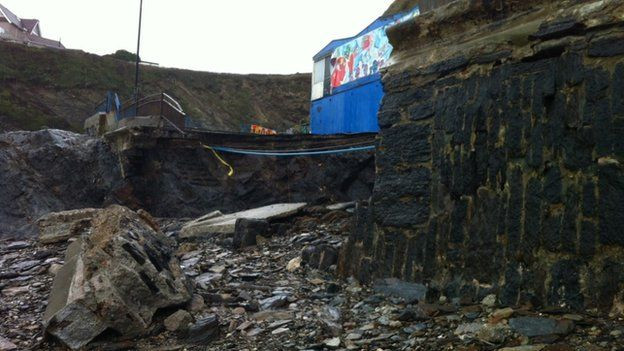Anyone familiar with flooding in its various forms needs little reminder of the impact this has on lives and livelihoods. The Committee on Climate Change has done its best to shed light on the problem - and the action needed to remedy it - in an extensive report Managing the coast in a changing climate, published in October 2018.
It is a bleak document, for several reasons. One is the subtext, rarely brought to the fore, of the suffering implicit in managed retreat from land and property not defensible on an economic basis. Another is the huge question mark hanging over the Government's ability and willingness to contribute the many billions needed for even a basic strategy to manage the problem.

The document speaks for itself, and is worth reading. However the key findings (not the recommendations) are reproduced below. It is tempting to add emphasis - but which point would not be emphasised?
Climate change will exacerbate the already significant exposure of the English coast to flooding and erosion. The current approach to coastal management in England is unsustainable in the face of climate change:
- Coastal communities, infrastructure and landscapes already face threats from flooding and coastal erosion. These threats will increase in the future. In the future, some coastal communities and infrastructure are likely to be unviable in their current form.
- This problem is not being confronted with the required urgency or openness. Sustainable coastal adaptation is possible and could deliver multiple benefits. However, it requires a long term commitment and proactive steps to inform and facilitate change in social attitudes.
- It is almost certain that England will have to adapt to at least 1m of sea level rise at some point in the future. Some model projections indicate that this will happen within the lifetimes of today's children (i.e. over the next 80 years).
- In England, 520,000 properties (including 370,000 homes) are located in areas with a 0.5% or greater annual risk from coastal flooding and 8,900 properties are located in areas at risk from coastal erosion, not taking into account coastal defences.
- By the 2080s, up to 1.5 million properties (including 1.2 million homes) may be in areas with a 0.5% of greater annual level of flood risk and over 100,000 properties may be at risk from coastal erosion.
- The public do not have clear and accurate information about the coastal erosion risk to which they are exposed, nor how it will change in future.
- Today, coastal management is covered by a complex patchwork of legislation and is carried out by a variety of organisations with different responsibilities.
- The current policy decisions on the long-term future of England's coastline cannot be relied upon as they are non-statutory plans containing unfunded proposals.
- We calculate that implementing the current Shoreline Management Plans to protect the coast would cost £18 - 30 billion, depending on the rate of climate change, and that for 149 - 185 km of England's coastline it will not be cost beneficial to protect or adapt as currently planned by England's coastal authorities.
- To minimise these risks, global emissions of greenhouse gases need to fall dramatically, which would slow sea level rise in the long term. In parallel, the UK needs to strengthen its policies to manage the risks of coastal flooding and erosion.

An older report from the Joseph Rowntree Foundation makes the point that coastal communities are already at something of a disadvantage due to a variety of socio-economic and demographic effects. It's a double whammy - relatively poor and vulnerable communities face more extreme burdens from climate change than inland communities do.



